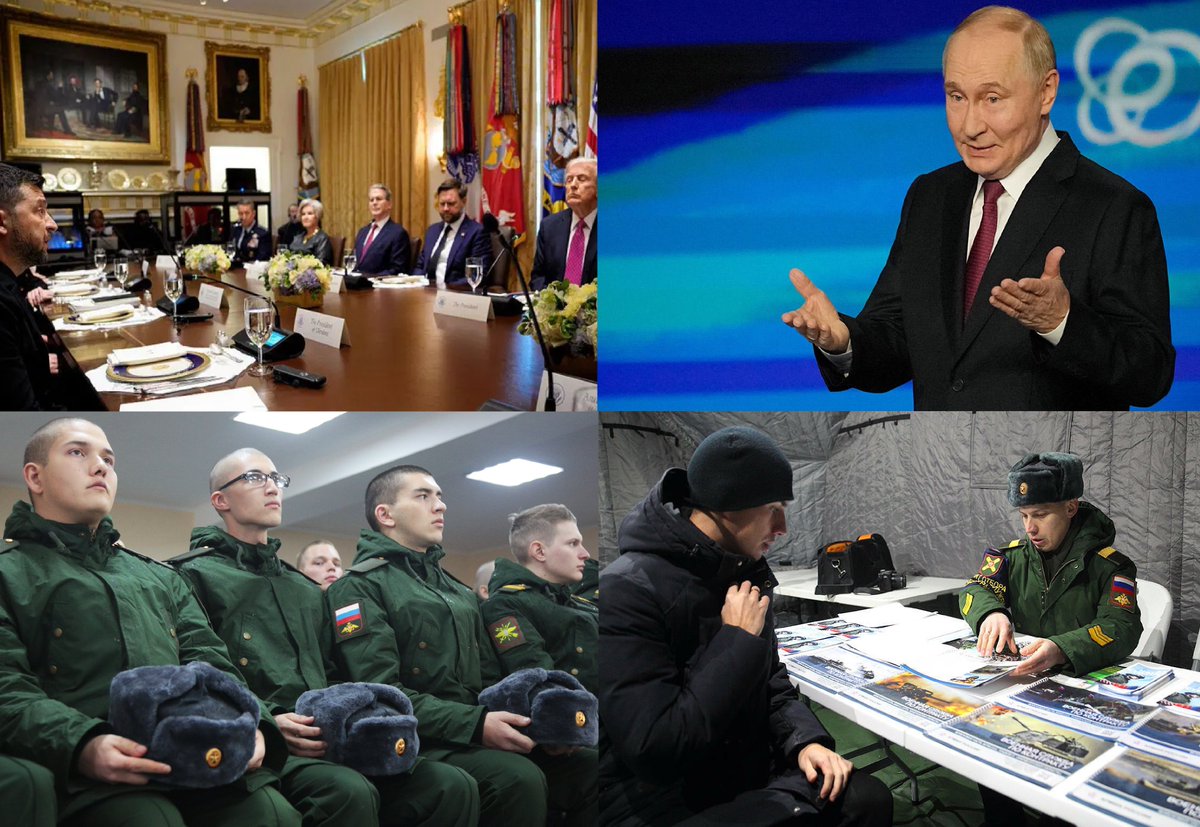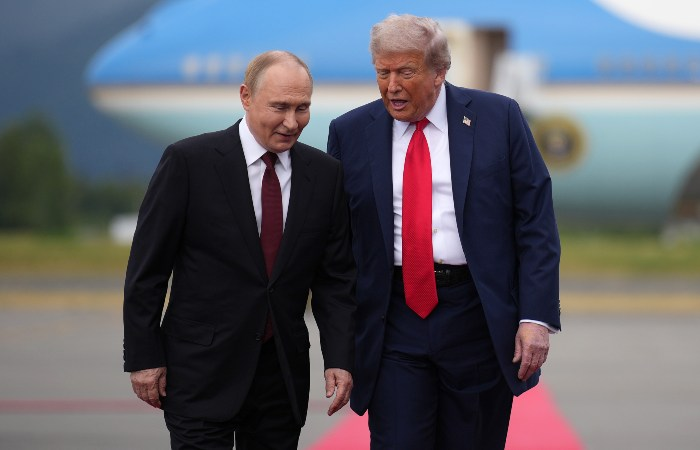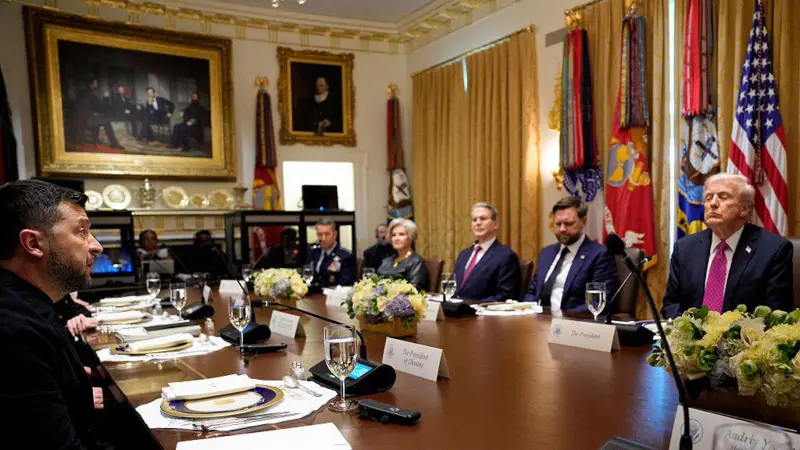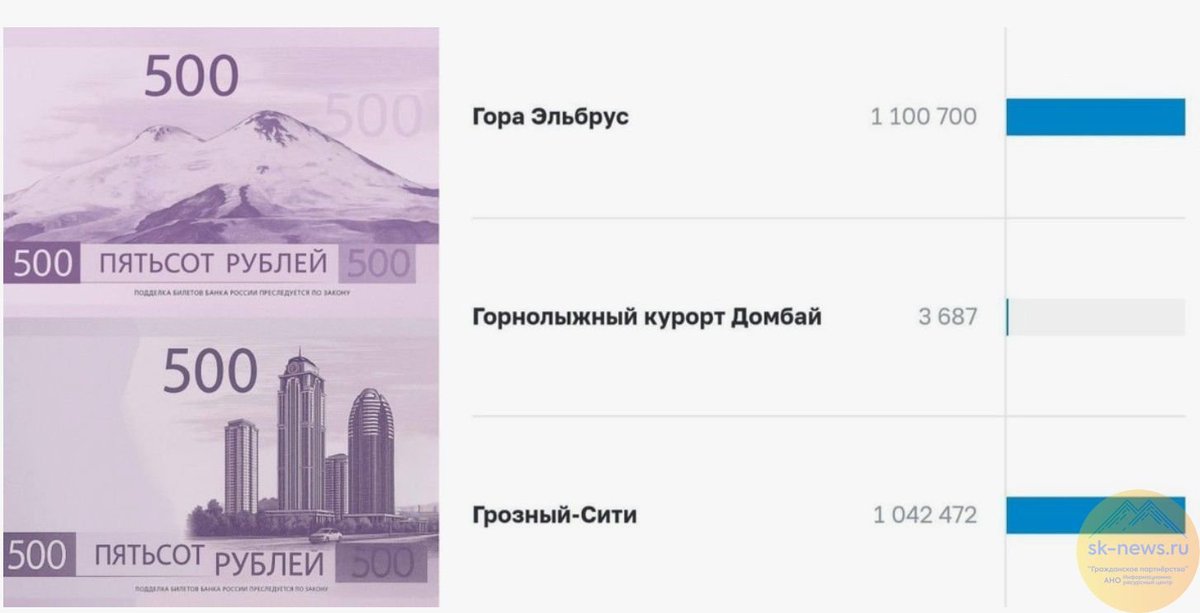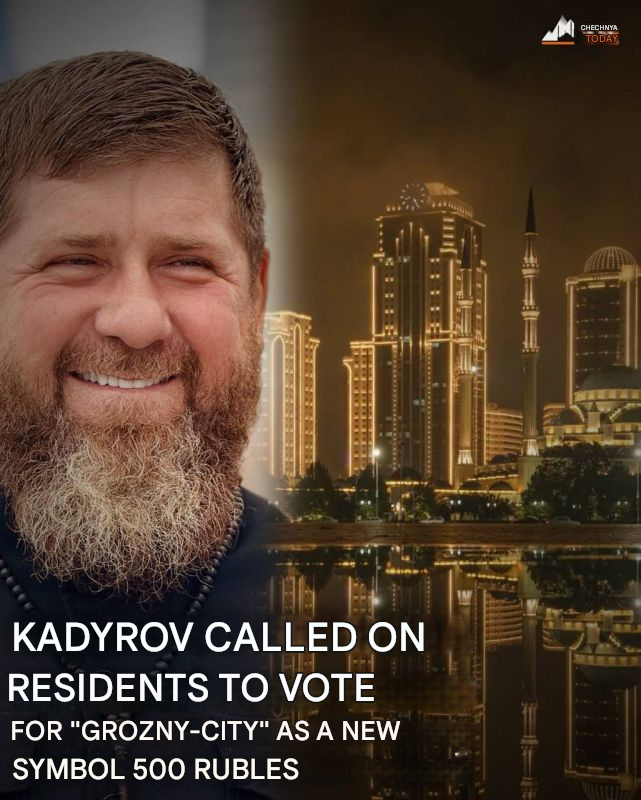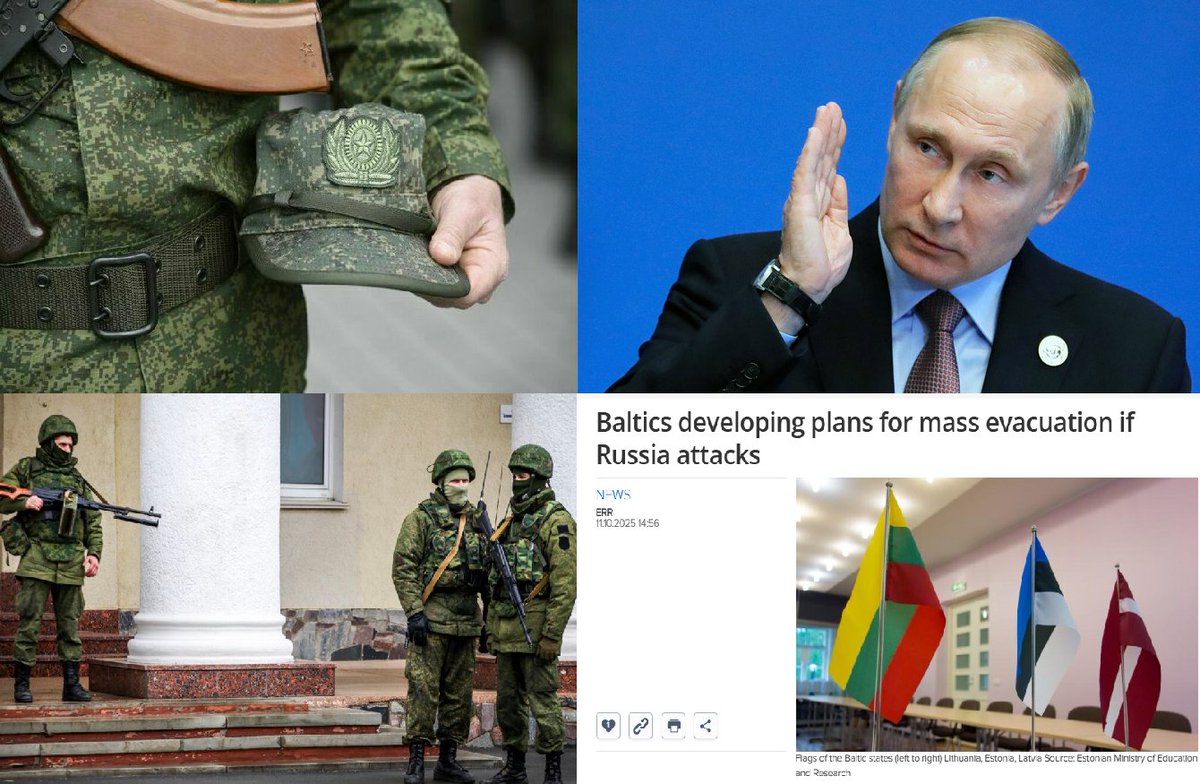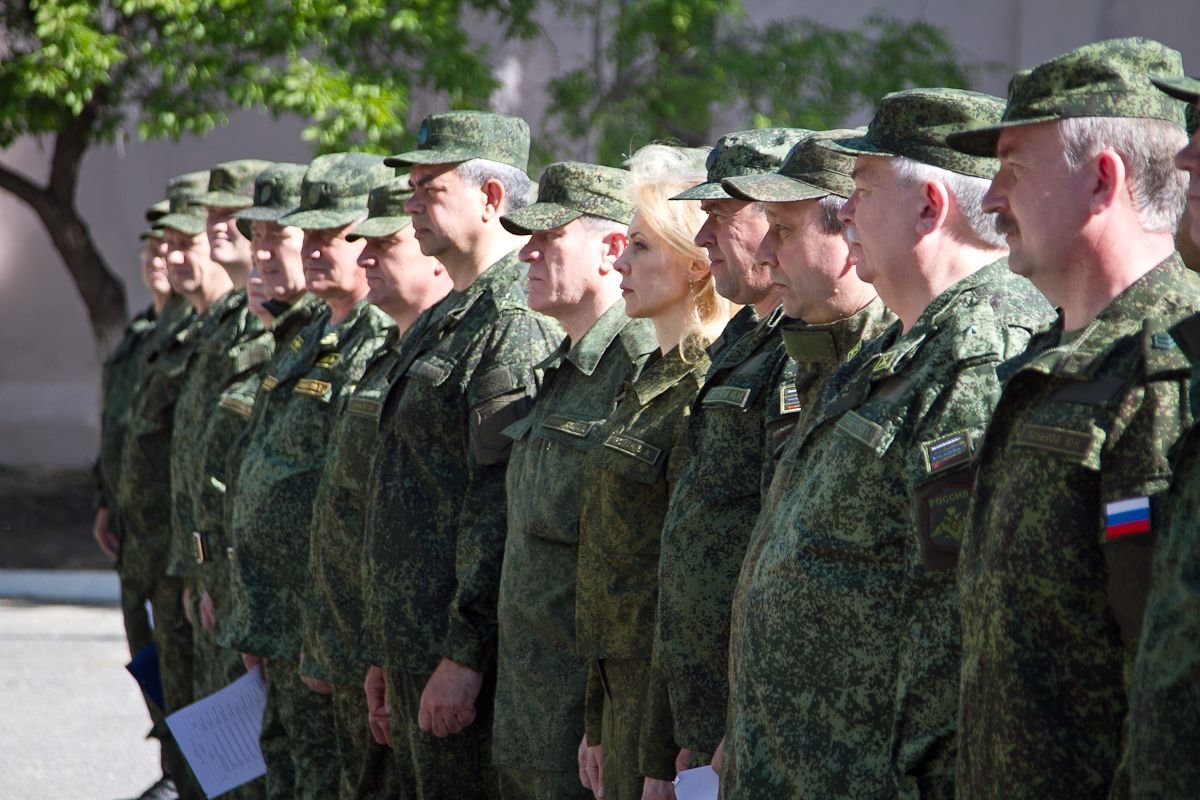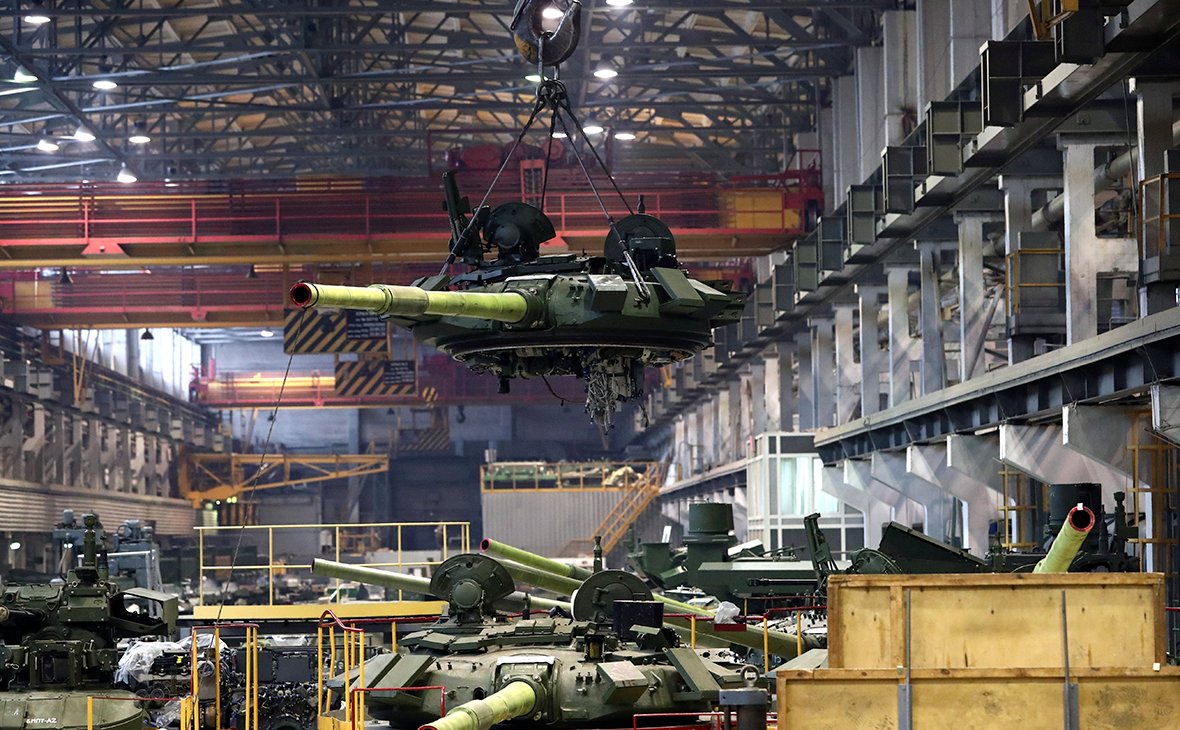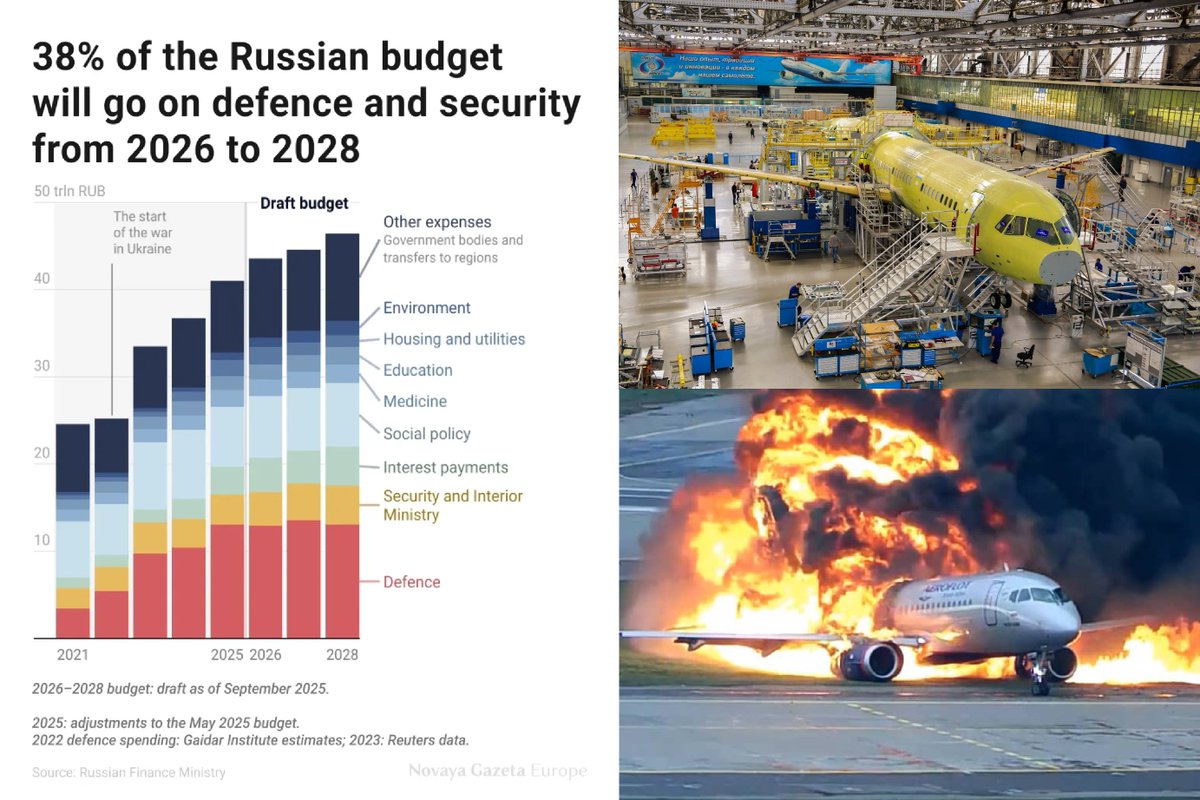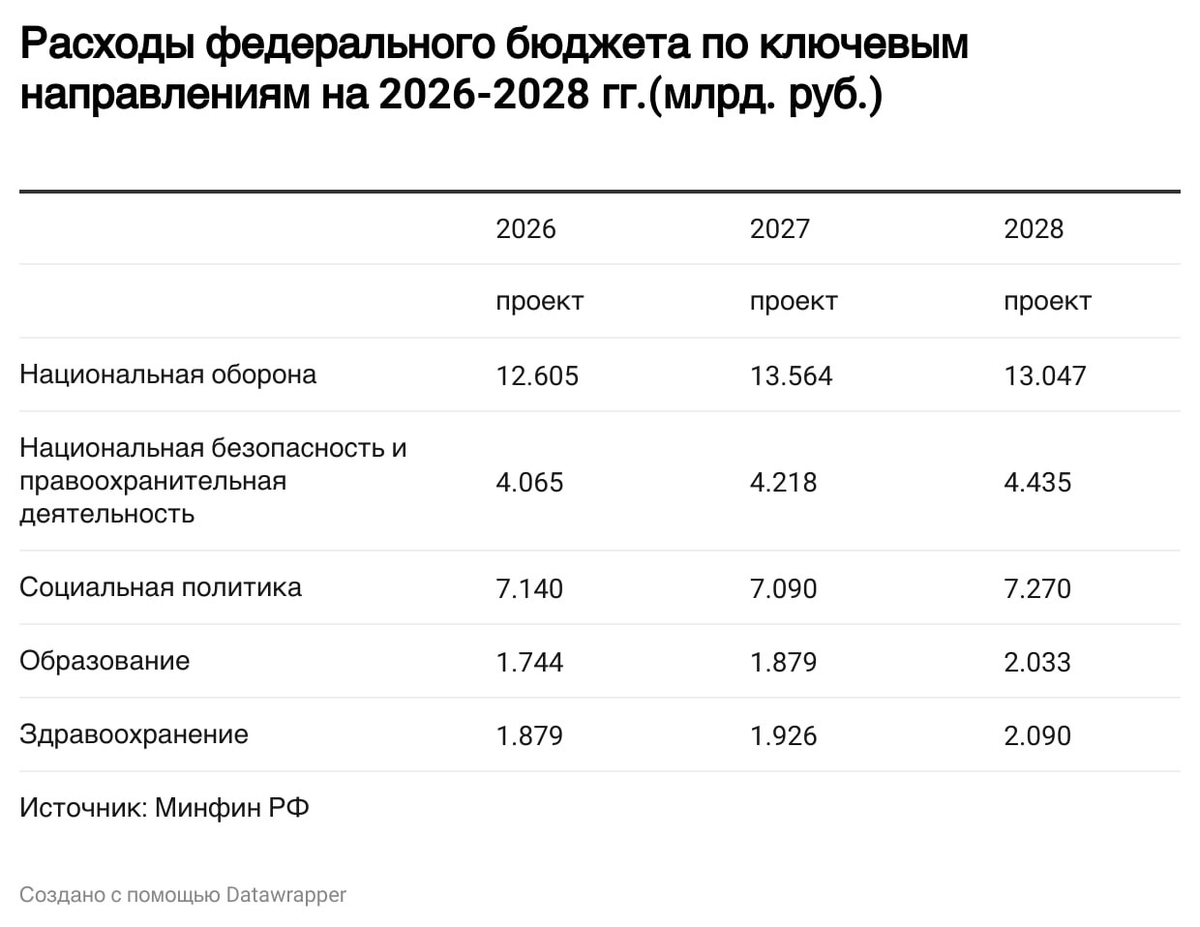This morning, Ukrainian drones struck several important military facilities deep inside Russia. Among the targets hit were Voronezh, Volgograd, the airfield in Eysk, and Rostov. Of particular note was the attack on the military arsenal in Koluban, where not only Russian
1/14
1/14

ammunition but also Iranian ballistic missiles stored there were destroyed. These attacks were part of a new wave of air operations aimed at disrupting supply chains and weakening the enemy’s military infrastructure. Ukrainian forces have previously struck large arsenals,
2/14
2/14

including a strategically important warehouse in Toropets, which significantly complicated the supply of the Russian army. These operations are part of a general plan and once again demonstrate Ukraine’s consistency in its actions. Ukraine will win, but when this happens
3/14
3/14

greatly depends on its allies. Ukrainian President Volodymyr Zelensky explained in one of his recent speeches: “The plan for victory is to strengthen Ukraine. That is why we ask our friends, our allies, to strengthen us. This is very important. I think we are closer to peace
4/14
4/14

than we think. We are closer to the end of the war. We just need to be very strong, very strong." He said these words during his visit to the United States. During this trip, Zelensky met with Joe Biden, Kamala Harris, as well as with congressional leaders, including the
5/14
5/14

Speaker of the House of Representatives and senators, with whom he discussed the need to continue arms supplies and economic assistance. The United States has allocated a new aid package to Ukraine. The US Department of Defense announced the allocation of a new military aid
6/14
6/14

package to Ukraine on September 25, 2024. This package is $ 375 million. Following this, on September 26, the US Department of Defense announced the allocation of another military aid package to Ukraine in the amount of $ 2.4 billion, but this time within the framework
7/14
7/14

of the Ukraine Security Assistance Initiative. AGM-154A JSOW long-range cluster air-guided munitions were included for the first time in the package. The package includes missiles, air defense, artillery shells and much more. Zelensky also met with Donald Trump. This
8/14
8/14

meeting caused mixed reactions. His stance on Ukraine has been inconsistent, raising questions among observers and diplomats. Unlike Biden and Congress’ clear support for Ukraine, Trump’s rhetoric has been more evasive and has not provided clear guarantees of continued
9/14
9/14

assistance if he returns to power. Nevertheless, Zelenskyy has tried to convey to Trump the importance of supporting Ukraine for global stability and security. The plan for victory requires the continued support of allies, without limitations and in full. Zelenskyy
10/14
10/14

has repeatedly emphasized that Ukraine needs weapons, finances, and political support from the West to effectively counter Russian aggression and speed up the end of the war. Despite the difficulties and mixed political signals, Ukraine counts on continued support from all
11/14
11/14

its allies, both in Europe and the United States. Attacks on major military installations, such as the arsenal in Koluban, where Iranian weapons shipments were also destroyed, and the ongoing operation in the Kursk region are important elements of this plan. These military
12/14
12/14

actions not only undermine the capabilities of Russian troops, but also play an important political role. The successes of the Ukrainian army strengthen the country's position on the international stage,
13/14
13/14

add weight in negotiations with allies and show the world that Ukraine is ready and able to defend its independence and defeat Russia.
14/14
14/14

• • •
Missing some Tweet in this thread? You can try to
force a refresh





